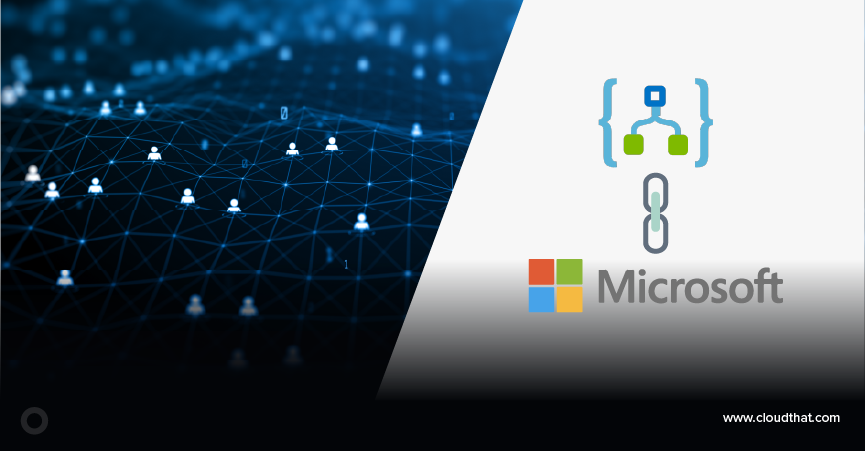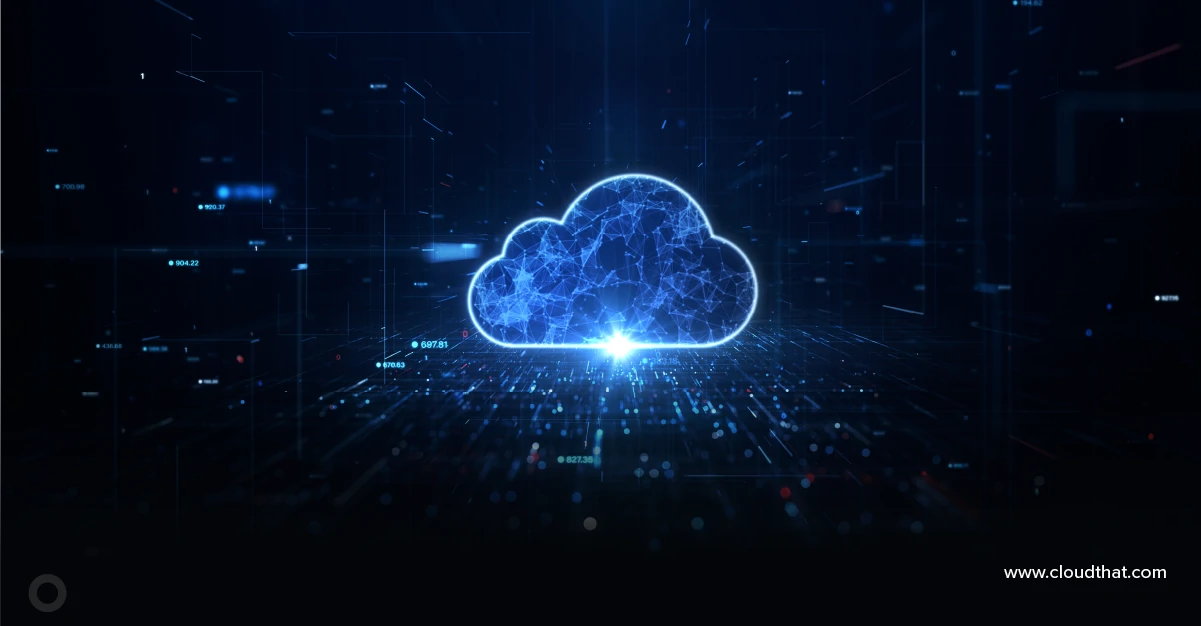|
Voiced by Amazon Polly |
Overview
One of Amazon’s most popular and extensive cloud computing platforms is called Amazon Web Services (AWS). AWS provides various services to meet various computing demands, including computing power, storage, databases, machine learning, analytics, security, and more. These services offer a scalable, dependable, and reasonably priced infrastructure to support the expansion and growth of businesses.
Pioneers in Cloud Consulting & Migration Services
- Reduced infrastructural costs
- Accelerated application deployment
Introduction
You only pay for the services you utilize when using AWS, which follows a pay-as-you-go business model. The pricing structure is generally based on the consumption of resources, and costs can vary based on factors such as:
- Compute Capacity: The cost of running virtual servers (EC2 instances) or serverless functions (Lambda).
- Storage: Costs for storing data in services like Amazon S3, Amazon EBS, or Amazon Glacier.
- Data Transfer: Charges for data transfer between AWS services or out of the AWS network.
- Data Processing: Costs associated with data processing and analysis using Redshift, EMR, etc.
- Support Plans: AWS offers different support plans with varying levels of assistance.
It’s important to monitor your AWS resource usage and understand the pricing details for each service to optimize costs. AWS provides a Pricing Calculator on their website, allowing you to estimate your monthly costs based on your usage patterns and requirements.
Reducing AWS (Amazon Web Services) costs can be achieved through various strategies that optimize resource usage and enhance efficiency.
5 Ways
Here are five ways to help you manage and lower your AWS services bill:
- Rightsize Instances: Evaluate your Amazon EC2 (Elastic Compute Cloud) instances and choose the right instance types for your workloads. AWS provides a variety of instance types with different performance characteristics and costs. Use tools like AWS Cost Explorer to identify underutilized instances and consider downsizing or switching to reserved instances for predictable workloads.
- Reserved Instances and Savings Plans: By committing to a one- or three-year term, you can save a lot of money using AWS Reserved Instances and Savings Plans instead of on-demand pricing. This is particularly beneficial for stable workloads with predictable resource requirements.
- Implement Auto Scaling: To automatically change the quantity of Amazon EC2 instances based on demand, use Auto Scaling groups. This ensures you have the right compute resources available at all times, avoiding overprovisioning during low-demand periods. Auto Scaling helps optimize costs by dynamically adjusting capacity to match actual usage.
- Monitor and Optimize Storage: Regularly review your data storage usage and consider using more cost-effective storage options. For example, move infrequently accessed data to Amazon S3 Glacier for archival purposes. Additionally, enables Amazon S3 lifecycle policies to automatically transition or expire objects based on their age and access patterns.
- Tagging and Cost Allocation: Implement a robust tagging strategy to label resources with metadata, such as owner, project, or department. Tags can be used to allocate costs accurately, allowing you to identify which resources contribute most to your AWS bill. AWS Cost Explorer and AWS Budgets can then be configured based on these tags to monitor and control spending effectively.
Conclusion
Because cloud expenses are dynamic, efficiency must be maintained by frequent monitoring and modification.
Drop a query if you have any questions regarding AWS costs and we will get back to you quickly.
Making IT Networks Enterprise-ready – Cloud Management Services
- Accelerated cloud migration
- End-to-end view of the cloud environment
About CloudThat
CloudThat is an award-winning company and the first in India to offer cloud training and consulting services worldwide. As a Microsoft Solutions Partner, AWS Advanced Tier Training Partner, and Google Cloud Platform Partner, CloudThat has empowered over 850,000 professionals through 600+ cloud certifications winning global recognition for its training excellence including 20 MCT Trainers in Microsoft’s Global Top 100 and an impressive 12 awards in the last 8 years. CloudThat specializes in Cloud Migration, Data Platforms, DevOps, IoT, and cutting-edge technologies like Gen AI & AI/ML. It has delivered over 500 consulting projects for 250+ organizations in 30+ countries as it continues to empower professionals and enterprises to thrive in the digital-first world.
FAQs
1. How can I monitor and analyze my AWS costs?
ANS: – AWS provides tools like AWS Cost Explorer and AWS Budgets for monitoring and analyzing costs. Third-party tools like CloudHealth or CloudCheckr can also help.
2. What is the AWS Free Tier, and how can it help in cost reduction?
ANS: – The AWS Free Tier provides limited free access to various AWS services for 12 months. It’s a great way to explore and experiment with AWS without incurring costs.
3. What is the role of AWS Spot Instances in cost savings?
ANS: – Unlike on-demand instances, spot instances offer substantial cost reductions as you can bid on unused Amazon EC2 capacity. They work well with flexible and fault-tolerant workloads.
WRITTEN BY Garima Pandey


 Login
Login


 December 8, 2023
December 8, 2023 PREV
PREV










Comments